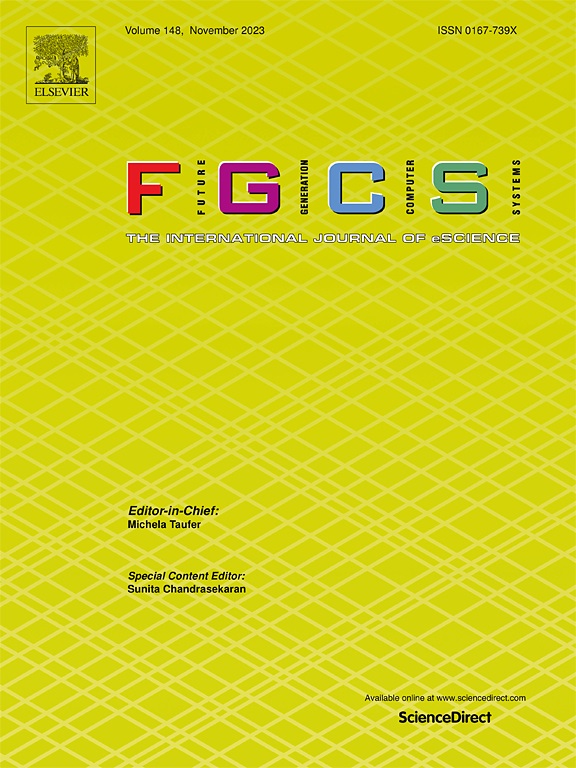Advancing cuffless arterial blood pressure estimation: A patient-specific optimized approach reducing computational requirements
IF 6.2
2区 计算机科学
Q1 COMPUTER SCIENCE, THEORY & METHODS
Future Generation Computer Systems-The International Journal of Escience
Pub Date : 2024-12-28
DOI:10.1016/j.future.2024.107689
引用次数: 0
Abstract
Hypertension remains a leading cause of premature mortality globally, emphasizing the critical need for early detection and management. Unfortunately, less than half of hypertensive adults receive proper diagnosis and treatment. To address this gap, continuous blood pressure (ABP) monitoring has emerged as a valuable tool for detecting cardiovascular complications before they escalate. ABP monitoring can be achieved by cuffless ABP estimation techniques embedded on wearables. In this paper, we present an innovative personalized medicine approach for cuffless arterial blood pressure estimation, characterized by its patient-specific focus and computational requirements reduction. An XGBoost patient specific ABP estimator model is optimized for each patient through Bayesian techniques, using their photoplethysmogram (PPG) features. The proposed method achieves a mean absolute error (MAE) of 7.27 mmHg for systolic and 3.33 mmHg for diastolic blood pressure. Additionally, recursive feature elimination techniques are used to streamline the model, making it suitable for resource-limited environments such as wearables platforms. This combination of approaches offers a promising outlook for the application of personalized medicine in blood pressure monitoring, thereby enhancing hypertension management and reducing associated health risks.
求助全文
约1分钟内获得全文
求助全文
来源期刊
CiteScore
19.90
自引率
2.70%
发文量
376
审稿时长
10.6 months
期刊介绍:
Computing infrastructures and systems are constantly evolving, resulting in increasingly complex and collaborative scientific applications. To cope with these advancements, there is a growing need for collaborative tools that can effectively map, control, and execute these applications.
Furthermore, with the explosion of Big Data, there is a requirement for innovative methods and infrastructures to collect, analyze, and derive meaningful insights from the vast amount of data generated. This necessitates the integration of computational and storage capabilities, databases, sensors, and human collaboration.
Future Generation Computer Systems aims to pioneer advancements in distributed systems, collaborative environments, high-performance computing, and Big Data analytics. It strives to stay at the forefront of developments in grids, clouds, and the Internet of Things (IoT) to effectively address the challenges posed by these wide-area, fully distributed sensing and computing systems.

 求助内容:
求助内容: 应助结果提醒方式:
应助结果提醒方式:


